Villa Lorraine opened in its current form in May 2021, with the kitchen run by head chef Yves Mattagne, formerly of two-star Michelin restaurant Sea Grill, which closed after thirty years in 2019. Mr Mattagne gained his first star at Sea Grill in 1991, a year after opening, and the second star in 1997. The closure of Sea Grill was due to the Radisson Blu hotel in which it was based going through a multi-year refurbishment. The Villa Lorraine restaurant is of some historical interest, having opened in 1953 and gaining a third Michelin star in 1972 under chef Camille Lurkin. This was the first restaurant outside France to be awarded that honour, and retained three stars until 1984. By 2006 it had lost its stars but regained one star in 2013 under chef Alain Bianchin (and later under Maxime Colin). In its current incarnation it quickly gained two stars, soon after opening.
Villa Lorraine is set in a smart, leafy area on the outskirts of Brussels, the large building set back from the road and having its own gates and driveway. The dining room was quite extensive, seating forty guests, and there was a further bar area seating twenty more but serving a more casual menu. Tables were well-spaced and looked out on to an attractive terrace. There was a seven-course tasting menu priced at €245 and a shorter five course one at €210. There was also a three-course lunch at just €85. There was also a full a la carte choice. We opted to make up our own little tasting menu from the a la carte dishes.
The wine list was lengthy (but was not available to view online) and had plenty of interesting options, starting as low as €39 for a decent Clare Valley Riesling. The lovely Ruinart R champagne was just €95 for a bottle that can be found in the high street for €64, and Jean Louis Chave Hermitage 2001 was €495 yet will set you back €692 in a shop. There were some relative bargains tucked away, with Coche Dury Meursault 2018 listed at €395, yet its current market price is €1,187. Robert Parker gave 100 points to Pontet-Canet 2010, which was listed at €395 compared to its retail price of €340. The only peculiarity of the list was that the sweet wines were merged into their respective geographic sections rather than being listed separately, so finding them required a little detective work.
An initial canape came in a little cocktail glass, containing gambero prawn gravadlax with jelly of melon and blackcurrant. The gravadlax had lovely flavour and its richness was balanced nicely by the sharpness of the blackcurrant and the soothing freshness of the melon (18/20). This was followed by mussel “bouchot” a type of mussel grown from March to August in St Michel Bay. The mussels are attached to wooden piles and have to be at least 4 cm long, resulting in a deep flavour and quite silky texture. These were resting in an emulsion of white wine sauce with shallot, celery some freshly chopped chives. These were unusually good mussels and the sauce was fabulous, creamy yet not too rich due to the bite of the shallots and the earthy flavour of celery (19/20).
Sea bass was prettily presented with a blob of caviar from a company called Caviar Russe, along with sour cream, maki of oyster Gillardeau and hazelnut. This was a very well-balanced dish, the sour cream working nicely with the natural brininess of the caviar, the hazelnuts adding a pleasing textural contrast. On the side was a nicely made waffle instead of a blini, which was a quirky Belgian touch, the waffle in this case subtly flavoured with seaweed to echo the rest of the dish (18/20).
Next was a disc of akami tuna alongside a slab of roasted duck liver, served with Belgian Kordia cherries, watermelon, radish, coconut pearls, corn nougatine, kaffir lime and acai leche, which is made from a south American berry. There was a final garnish of ricotta cream and fresh marigold flowers. The foie gras had deep flavour and lovely silky texture, and the blue fin tuna was superb. These two rich elements were nicely balanced by the fresh watermelon and the cherry sauce, whose acidity meant that the dish was not overly rich. The little caramelised nuts were a nice touch, providing another texture and again offsetting the richness. This was a tricky dish to pull off as it could so easily be overly rich, but the clever combination of element resulted in a gorgeous balanced dish (19/20).
This was followed by a large langoustine tail presented on a hot rock, with sake poured over it and then flambeed. On the side it was accompanied by grapefruit, daikon radish with shellfish oil, ponzu beurre blanc and frozen fermented tomato water with sesame kimchi. The langoustine had superb natural sweet flavour that was nicely enhanced by the touch of sake and it went really well with the grapefruit, whose sharpness was an excellent balance to the sweetness of the shellfish. The radish provided a contrast and the ponzu cut through any richness. This was again a really well-balanced dish that had obviously been carefully thought through, with no superfluous elements. At the heart of the dish the superb flavour of the langoustine shone through (19/20).
Our last savoury dish was a tableside classic, lobster and sweetbread with bearnaise sauce. A portable cooker was brought the table as well as a lobster press. I have seen duck presses before but never a specialist lobster press. This was made by the noted Parisian tableware maker Christofle, and apparently is one of just five in the world, including one at the Christofle Museum. The chef brought this one with him from Sea Grill. The body of the female Brittany blue lobster was crushed in the press, and the resulting lobster juices were added into a bearnaise sauce made at the table with shallot, a little cream and tarragon, the lobster shells having been used to make a lobster bisque that was added to the sauce. Lobster meat was presented next to a crisp veal sweetbread, and accompanied by green asparagus, tartlet of chanterelles, white aubergine in cumin cream, fondant potato cylinder a pommes souffle. The sauce was then poured over to complete the dish. The sweetbread was gorgeous, light and airy with a crisp outside. The lobster flesh was tender and the sauce was gloriously rich, but there was balance in the form of the green asparagus and the potatoes. This was a lovely dish to eat and the whole tableside theatre experience was a delightful touch (20/20). We indulged in the cheese board, which featured a good selection of cheese in excellent condition, served with a different country bread to the baguette offered earlier.
A pre dessert was a version of ile flottante that had a delicate caramel tuile (in place of meringue) atop a set custard with deep vanilla flavour. This was a simple but beautiful dish, the custard having quite remarkably intense vanilla flavour, with the caramel tuile being very delicate (19/20). The next dessert was less interesting, being Corsican peach with verbena, shimeji mushroom, black sesame and lemon vanilla. The shimeji was a rather eccentric idea and in fact it did not have a lot of flavour so was more of a texture, but for me the dish needed more peach, which would also have helped balance the sweetness of the dish better. Although the peach was certainly good and in season, it did not have the dazzling flavour of the best that I have eaten (from Japan, where they produce pretty much the ultimate in summer fruits). Personally I would just lose the mushrooms (barely 16/20 for this dish). Jamaya chocolate (73%) enclosed a coffee praline with pumpkin seeds and fior di latte, a semi-soft cow milk cheese that resembles mozzarella and had a slightly tangy flavour. This certainly served to balance the richness of the dark chocolate and the coffee flavour worked well enough with the chocolate, though I don’t think that the coffee used was anything special (16/20).
Indeed, it transpired the actual coffee served here is just basic Nespresso, though at least it was a mere €5 (compared to €16 at Zilte the night before for Illy coffee). It should surely be easy enough to upgrade the coffee here to a speciality offering. We actually went off for a post-meal beverage at a surprisingly good coffee shop (“Oats”) next to Brussels train station, and you should not have to transfer from a multi starred Michelin restaurant to a railway station in order to find a good cup of coffee.
Service at Villa Lorraine was lovely throughout, the staff friendly and helpful, and appeared to be genuinely enthusiastic. Our waitress Liesa, who prepared the tableside lobster dish, was particularly charming. If you opted for the shorter tasting menu and shared a modest bottle of wine then a typical cost per person might be about €250 (£210). It would be less than this for three courses a la carte. Our bill ended up being a lot higher at €904 (£757) per head, but that was mostly because we indulged in some very serious wine (including Coche Dury Meursault 2018 and the Pontet-Canet 2010). If wine lists are fairly priced then people will order better wine and spend more, a lesson that eludes far too many restaurants. Overall, Villa Lorraine was a really lovely experience, with a very appealing menu, excellent ingredients that were skilfully cooked, all enhanced by charming service. Only the desserts were a relatively weak link. If they had a high-grade pastry section then this for me would be a rock solid three-star level restaurant. Despite this minor flaw, I would return here in a heartbeat.







































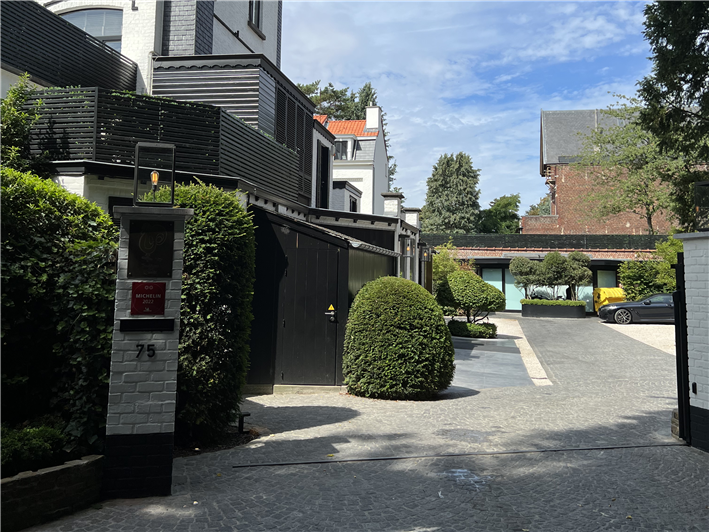

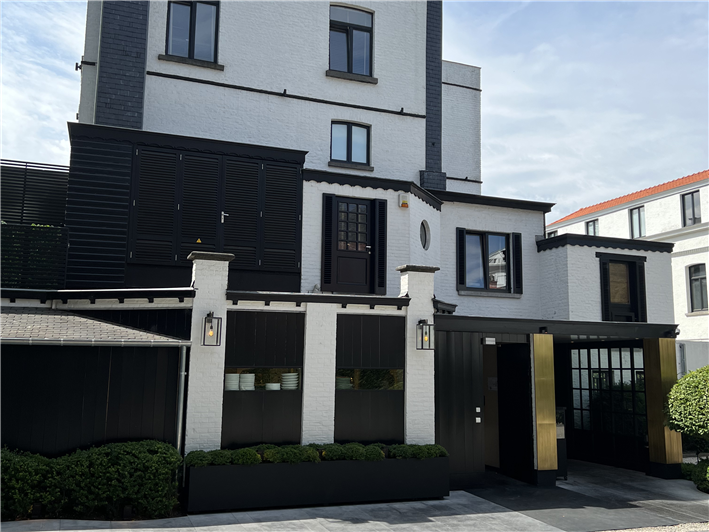
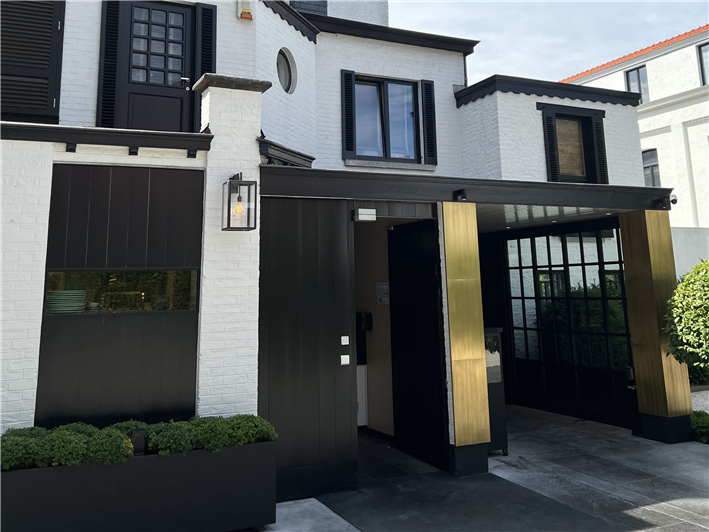
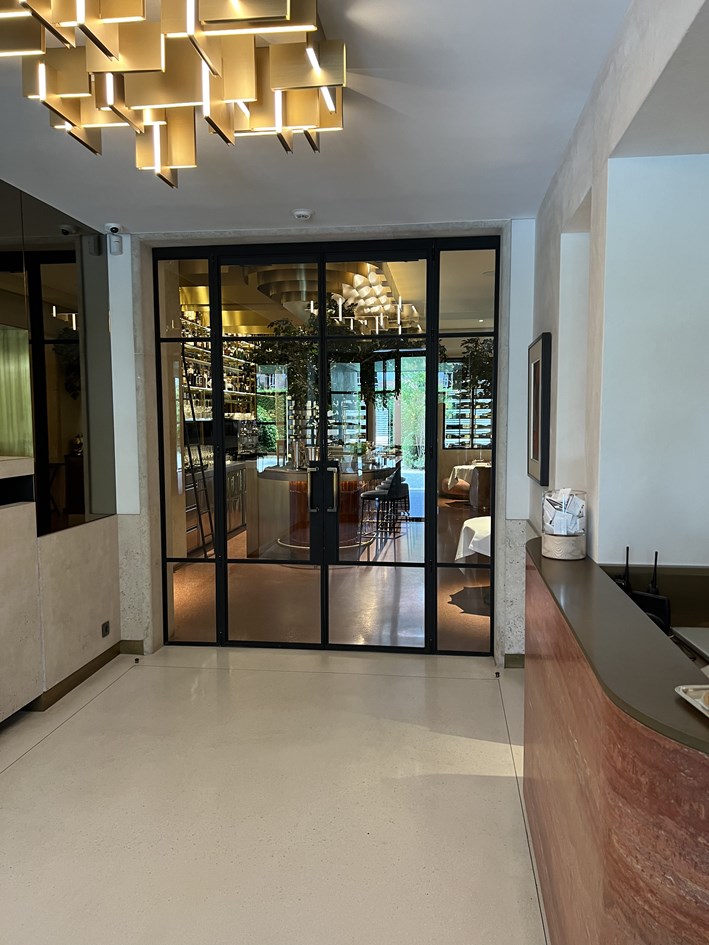
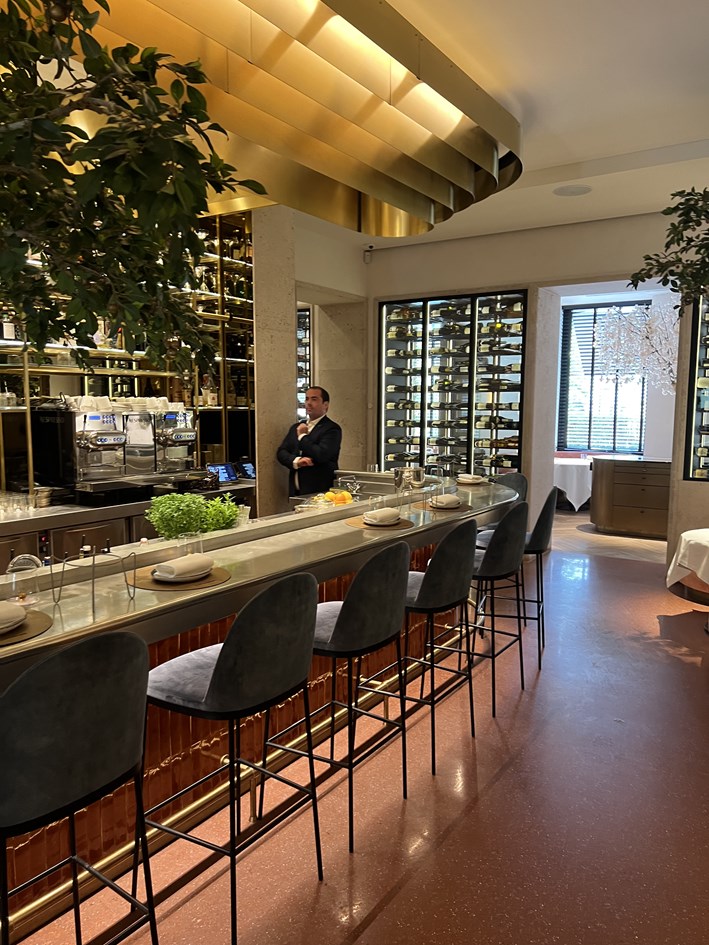
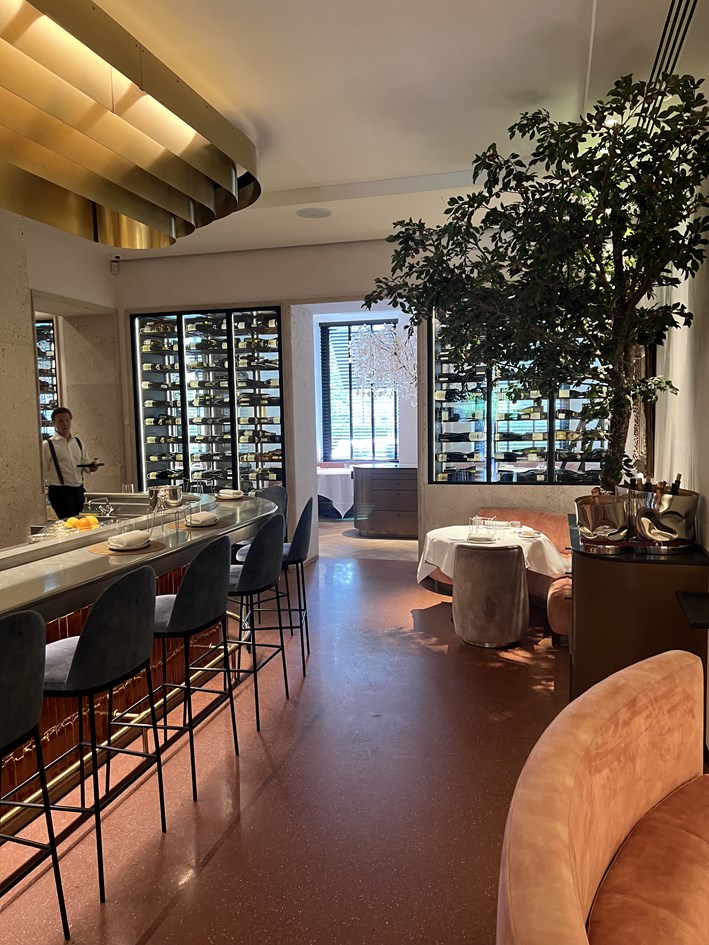
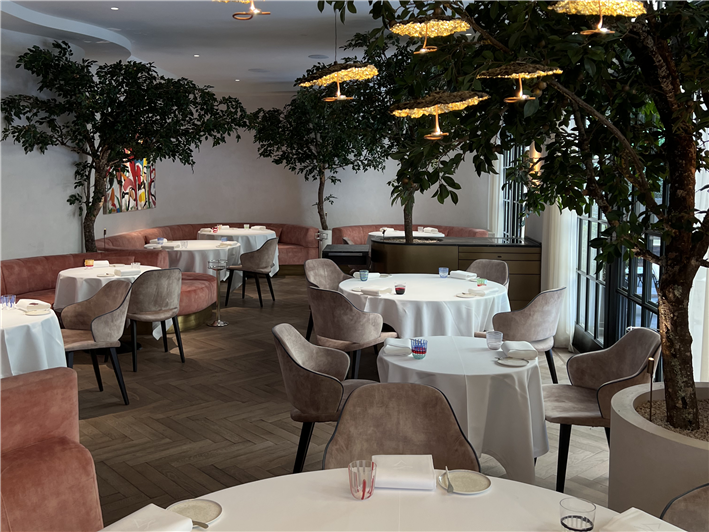
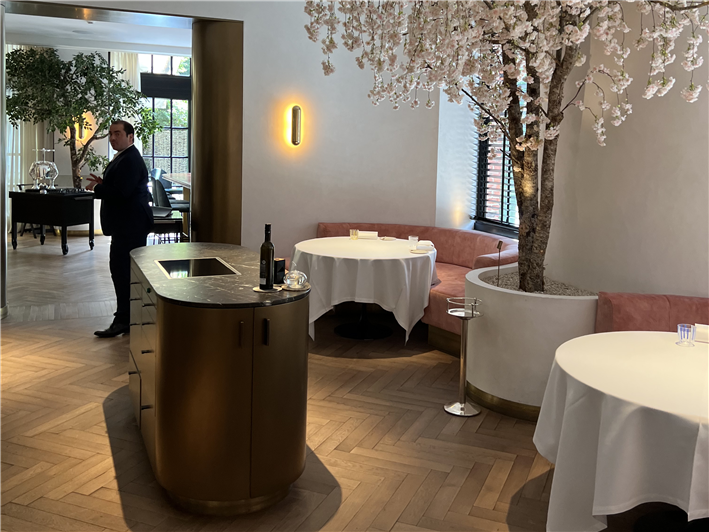
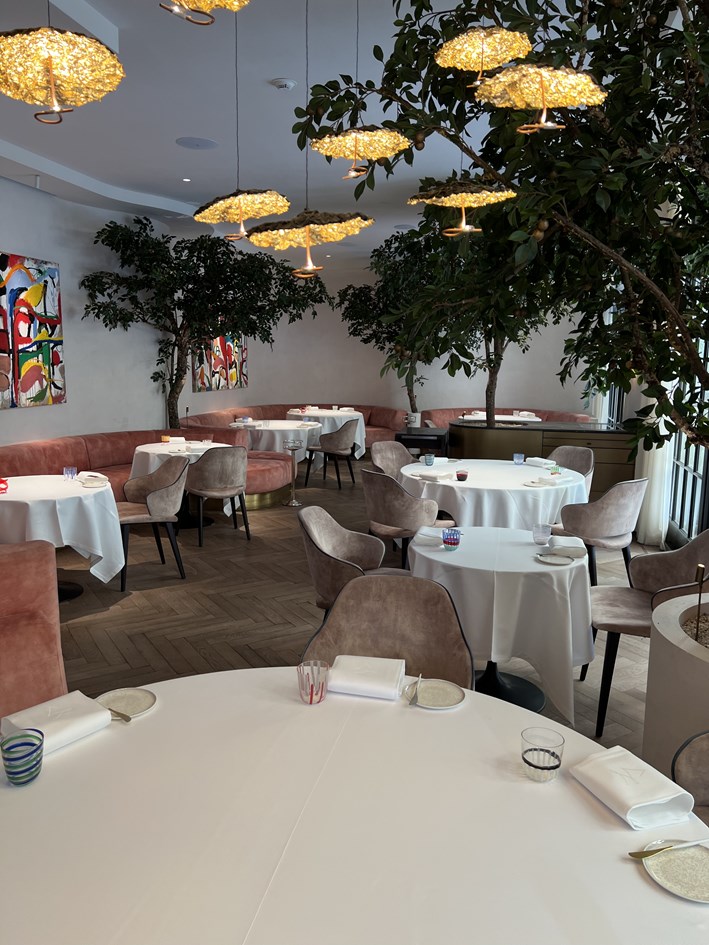
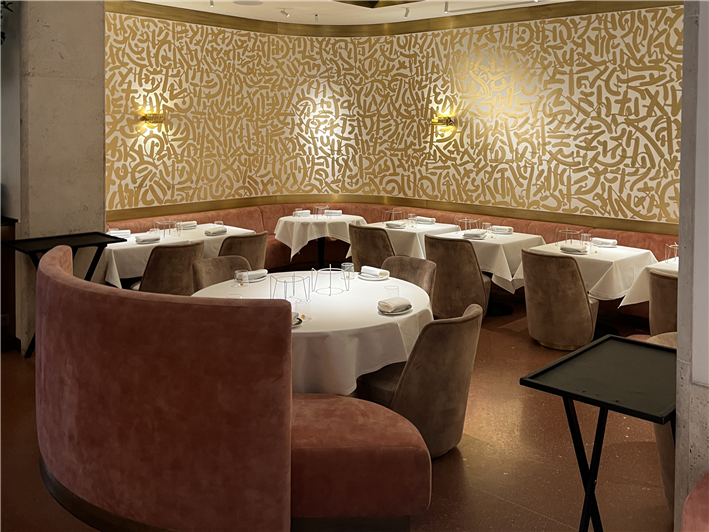


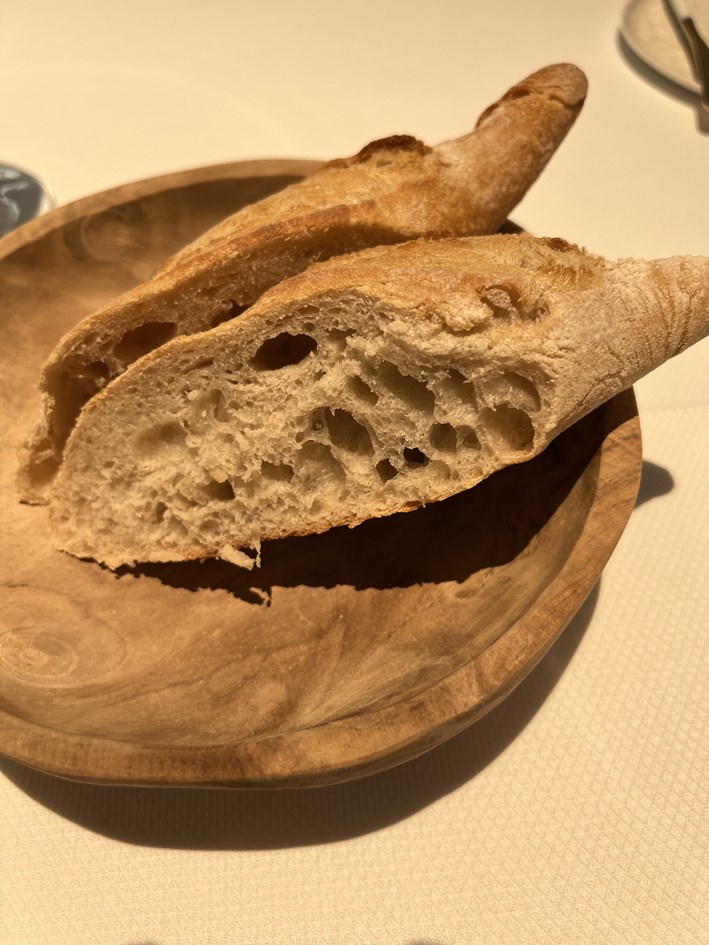


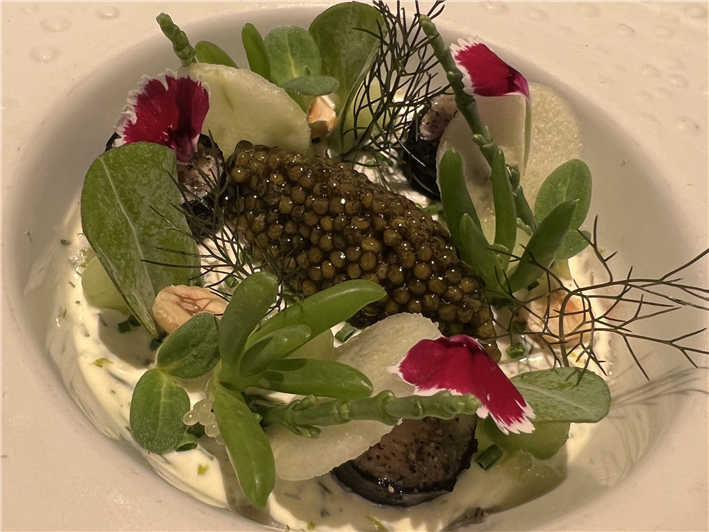
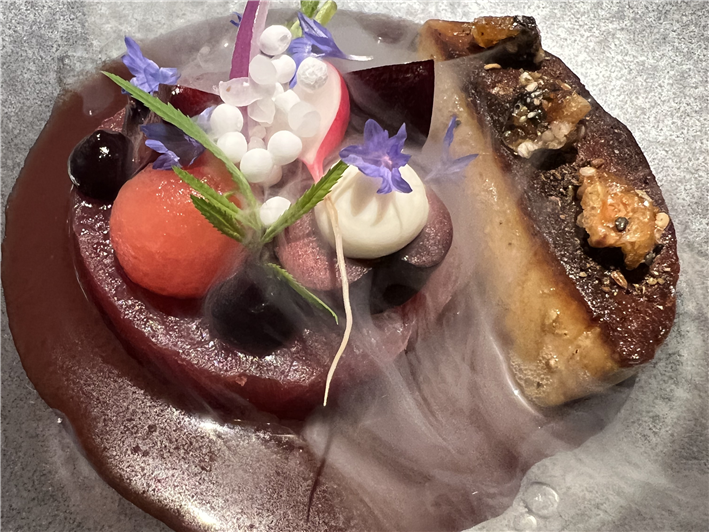
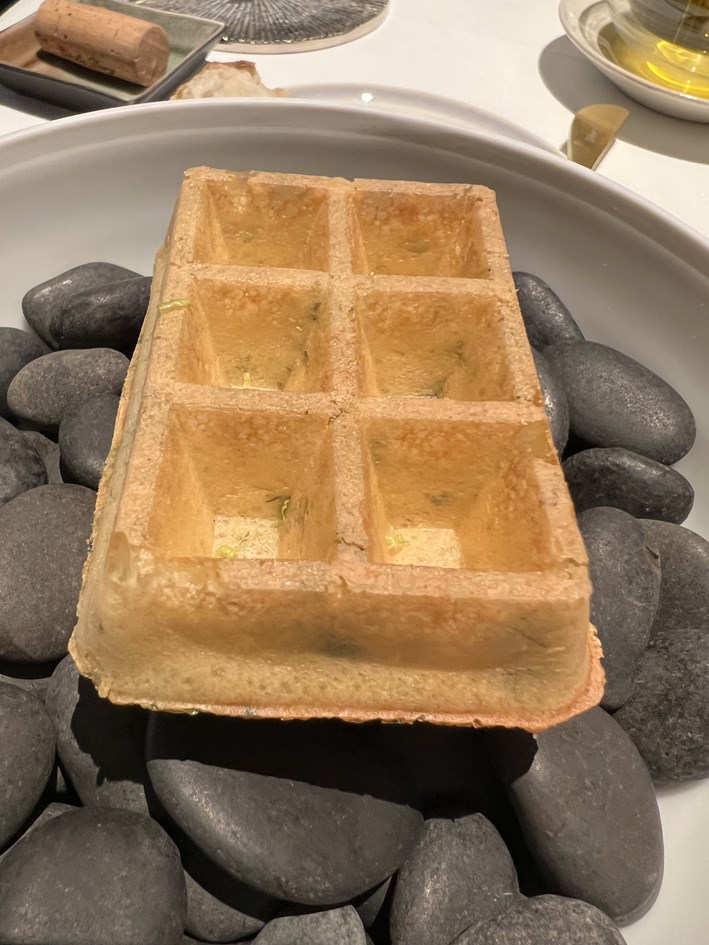
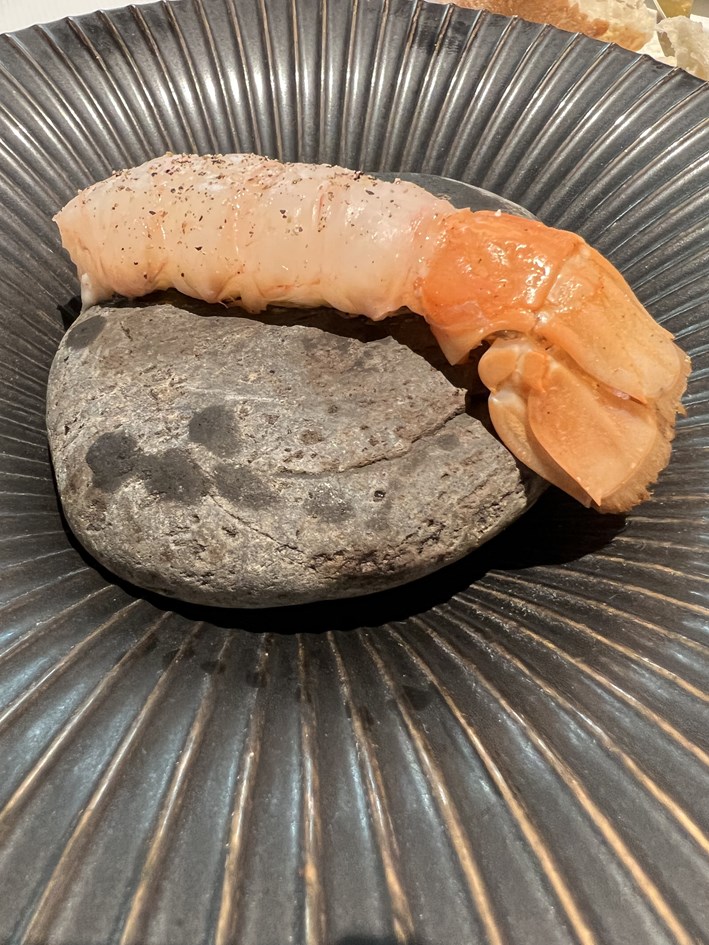
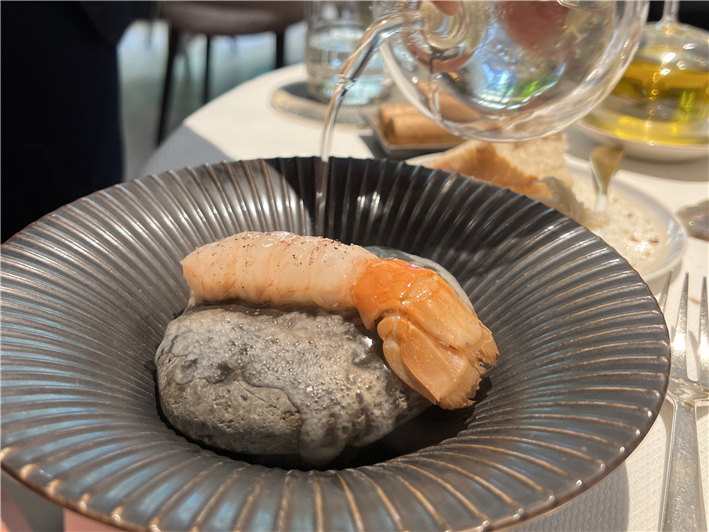
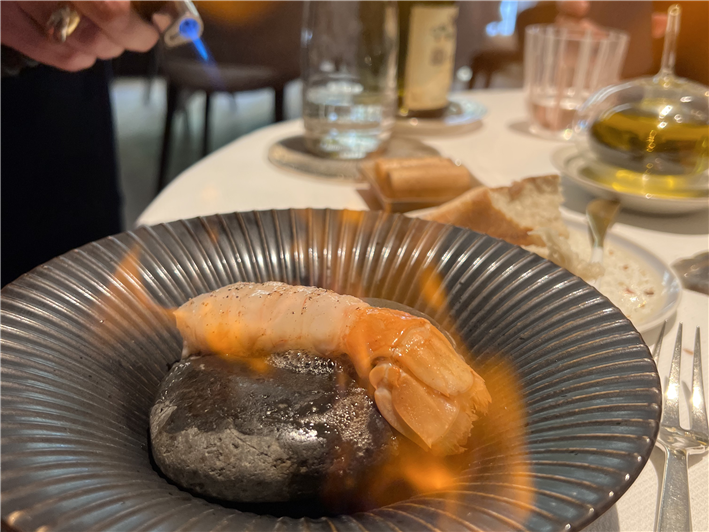
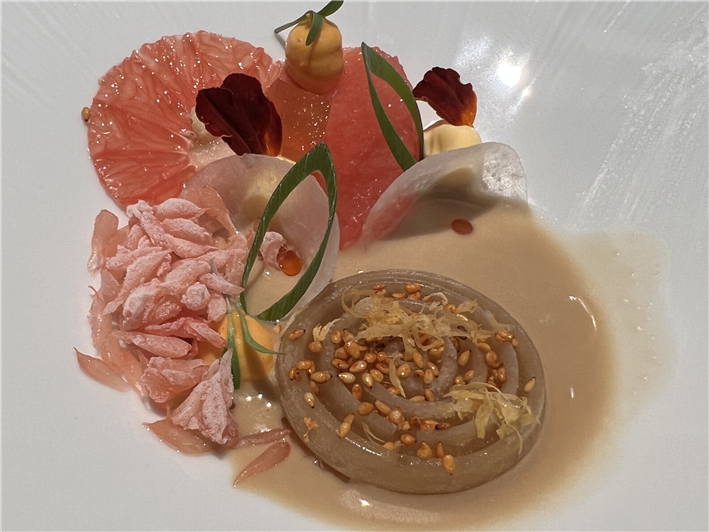


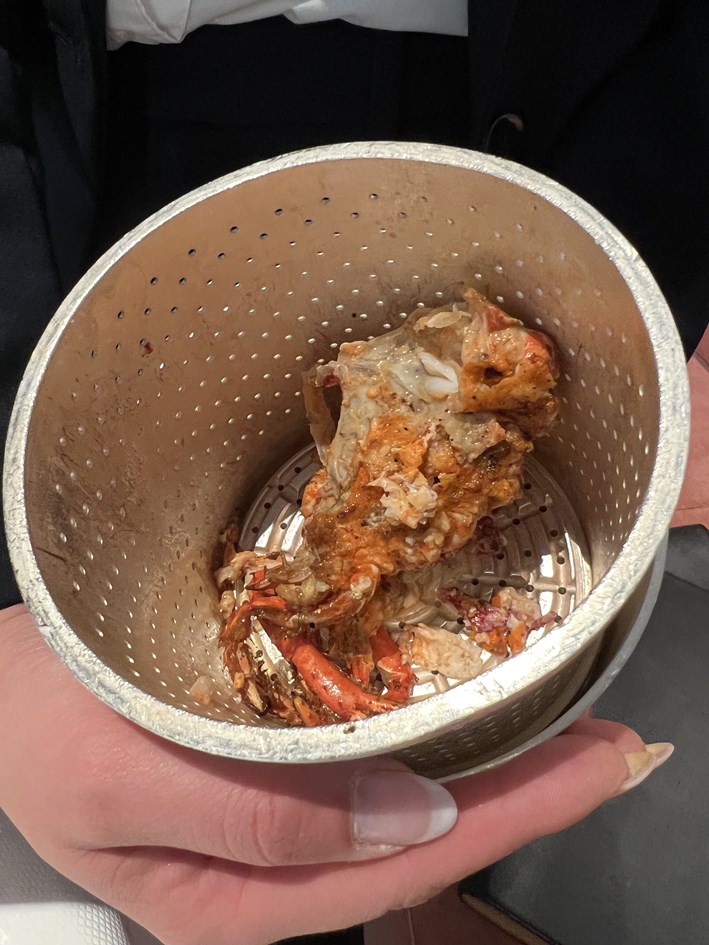
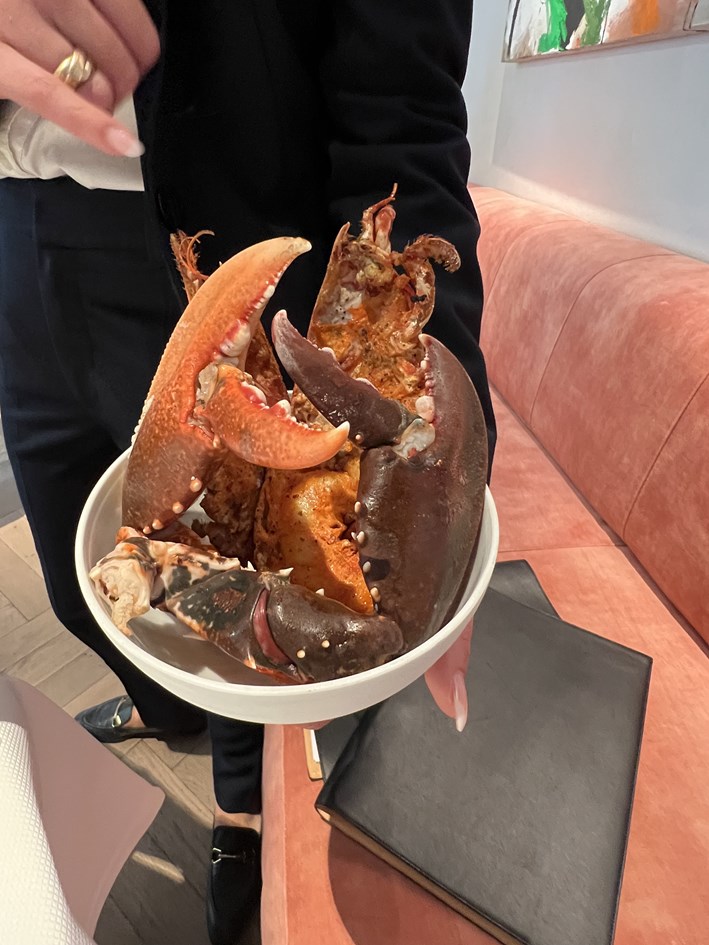
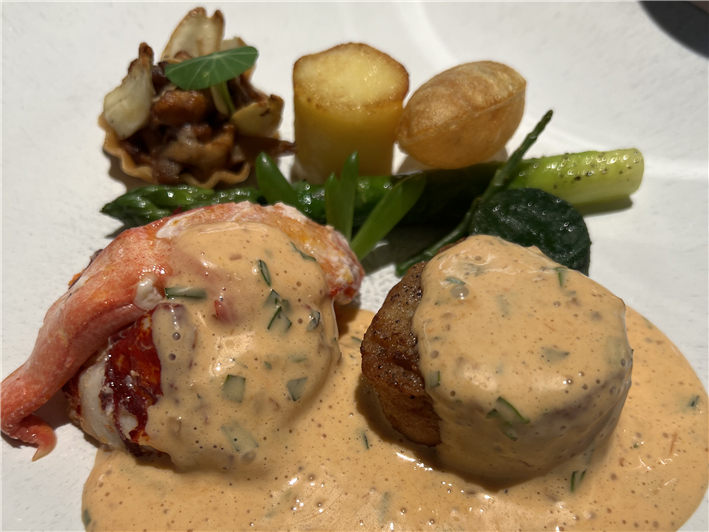
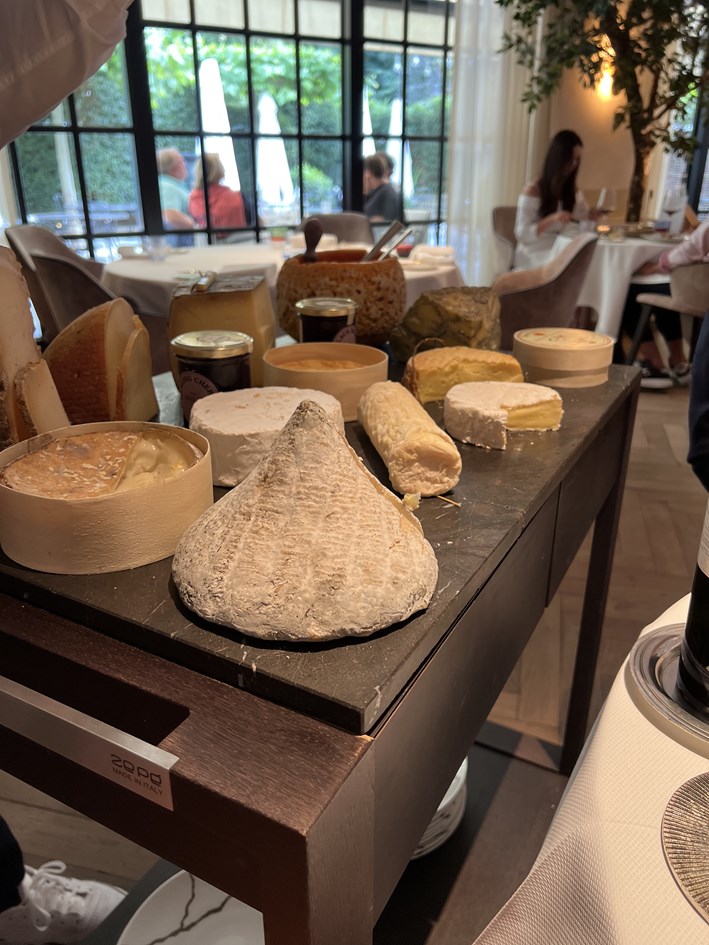
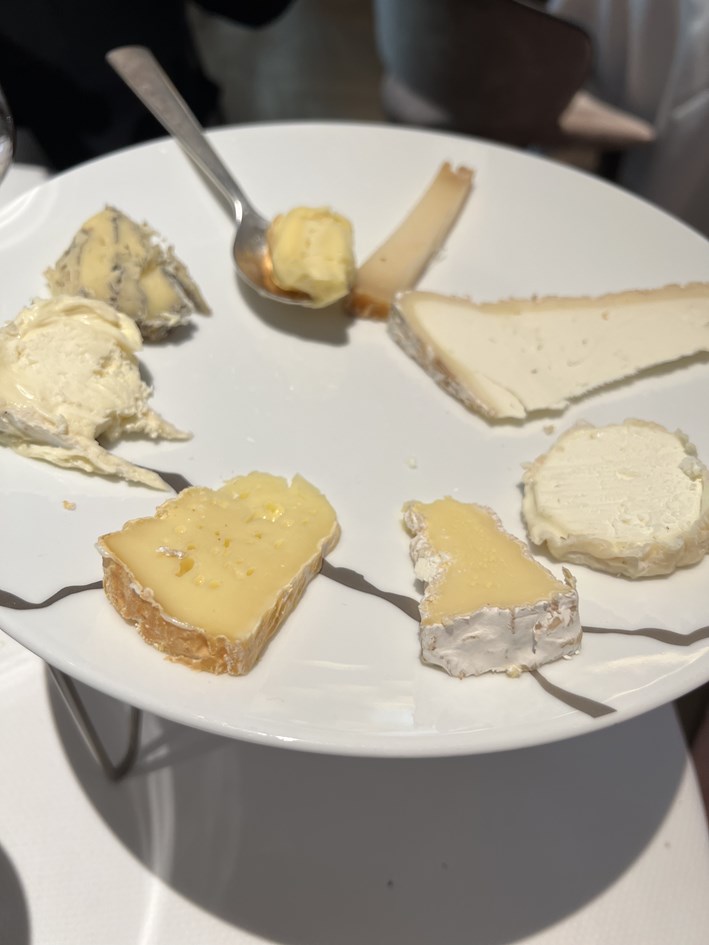
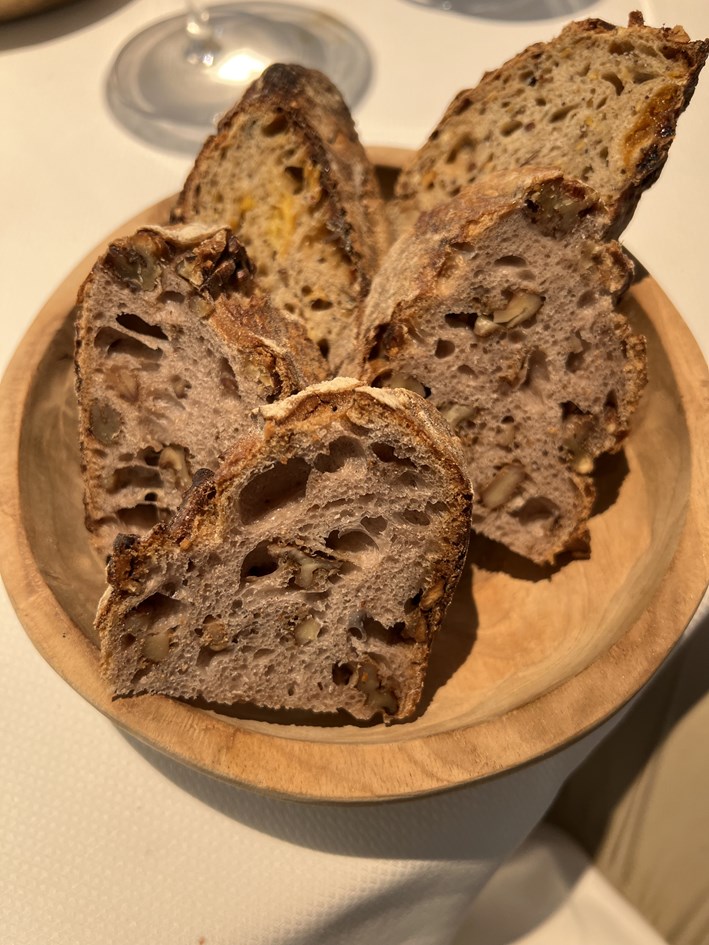
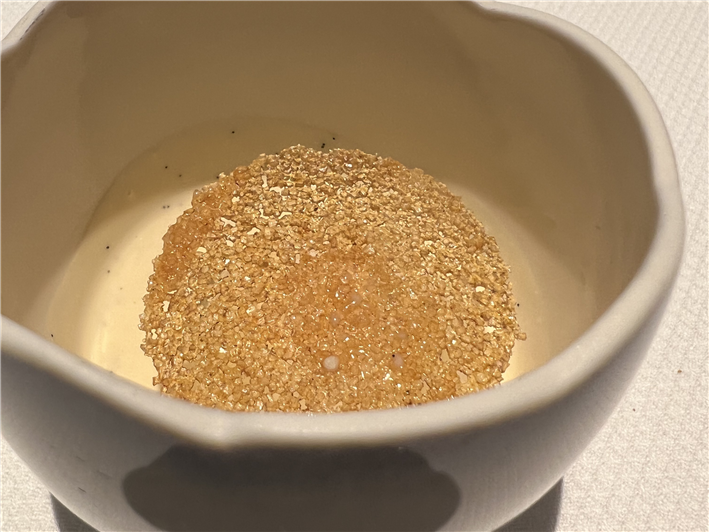
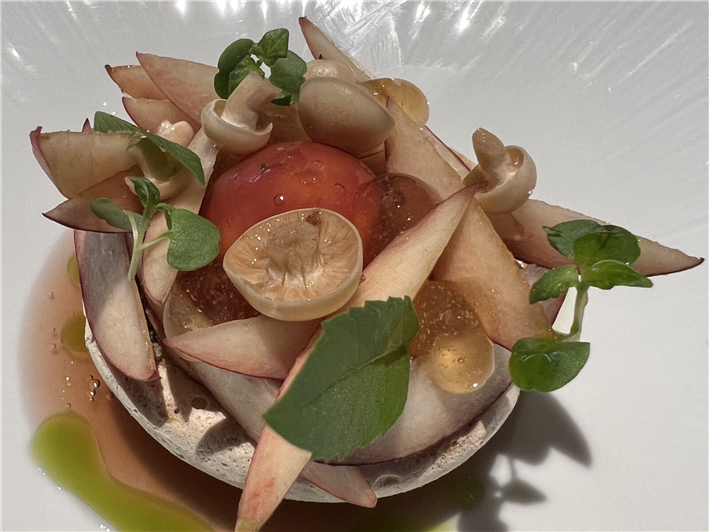
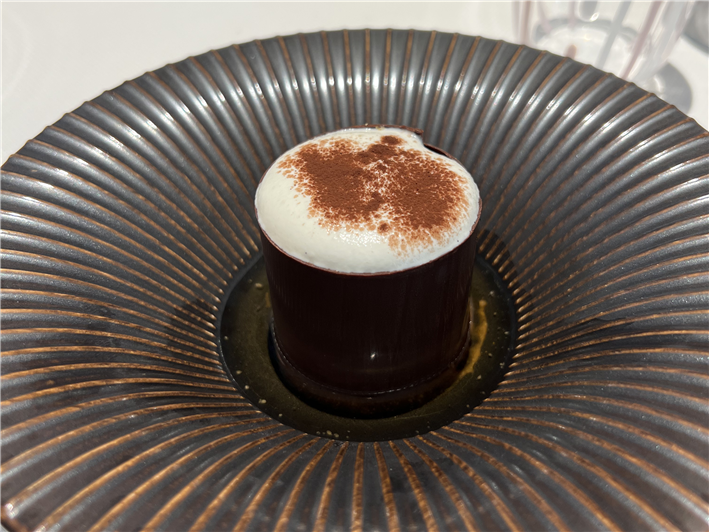
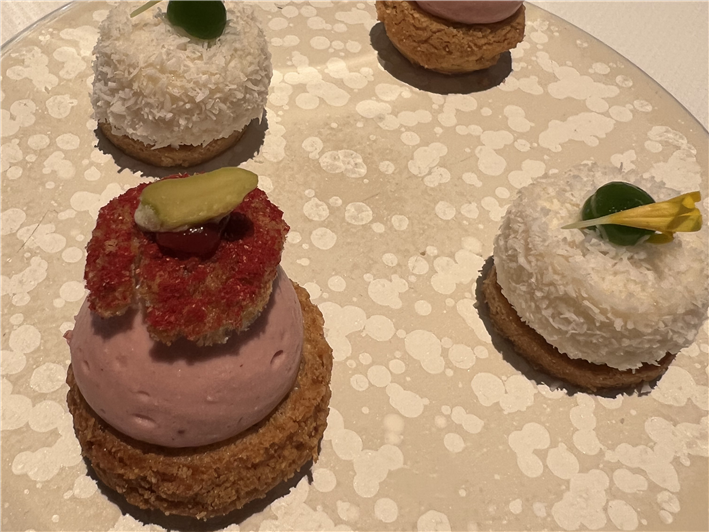
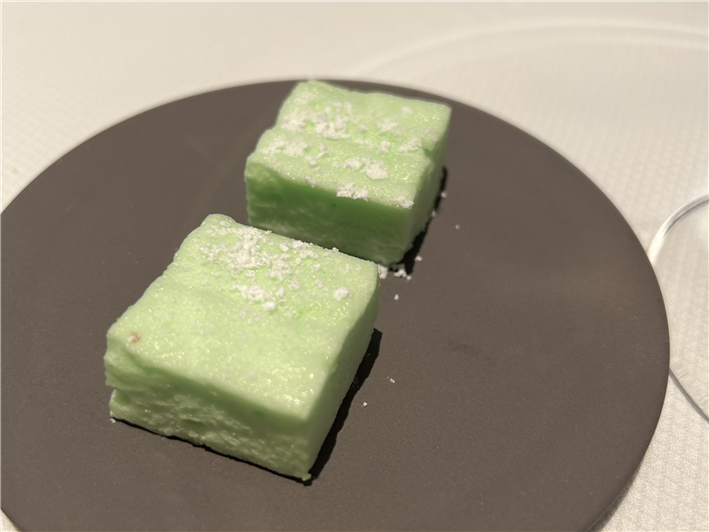
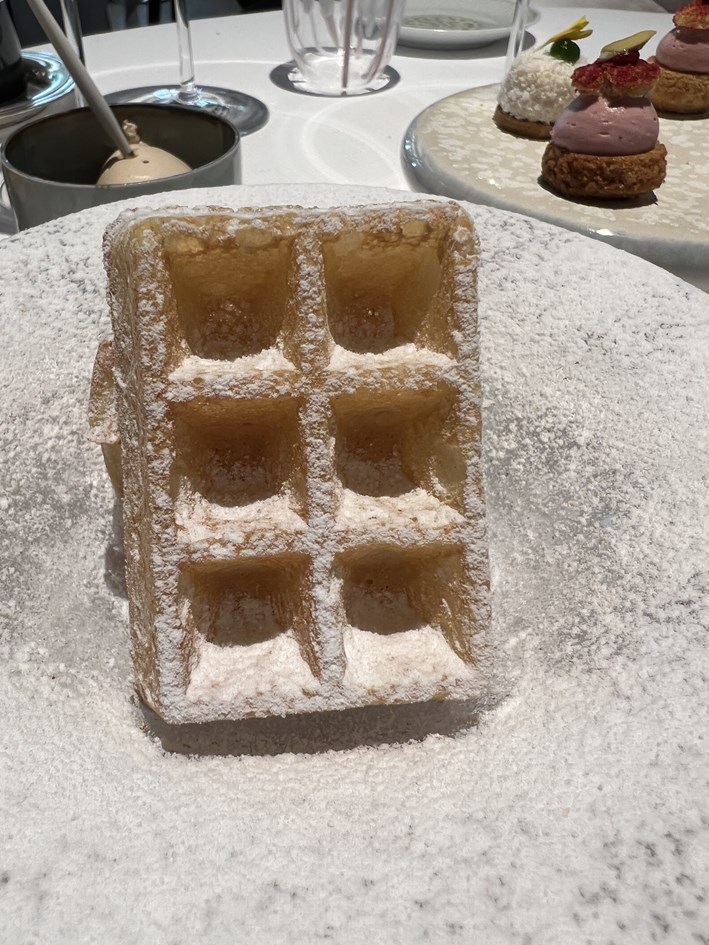
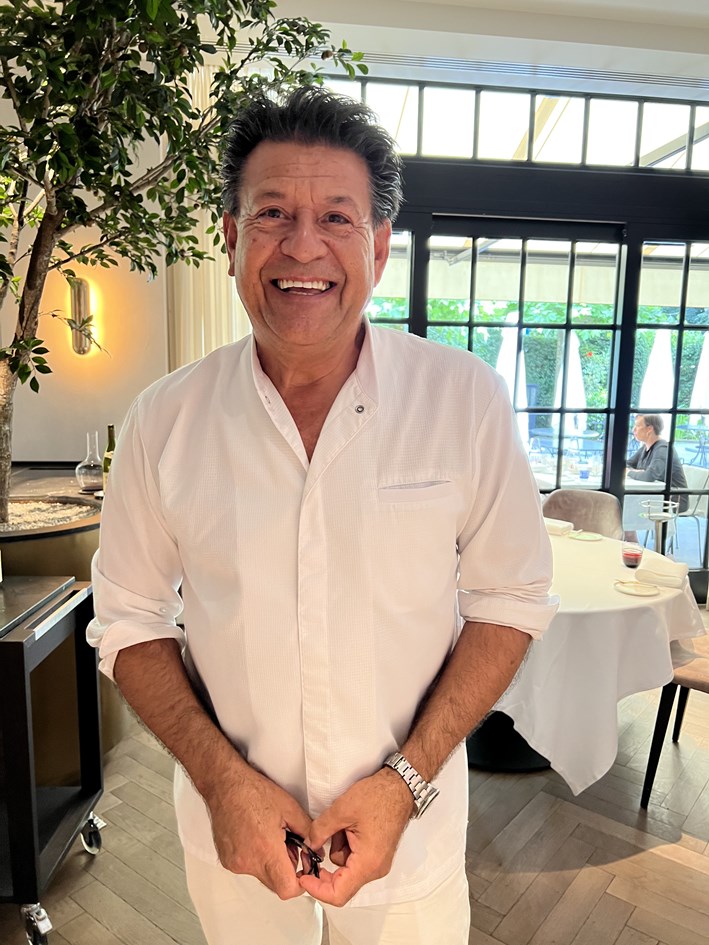

Add a comment
Thank you for submitting your comment, this will be checked and added to the website very soon.
User comments